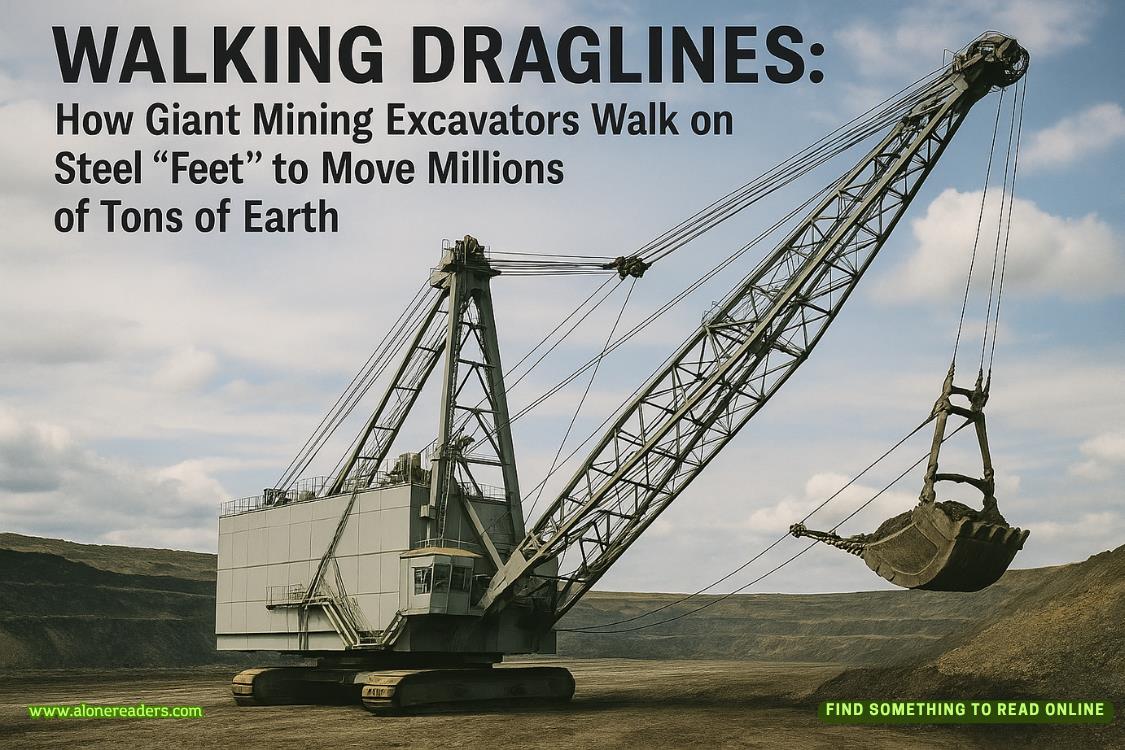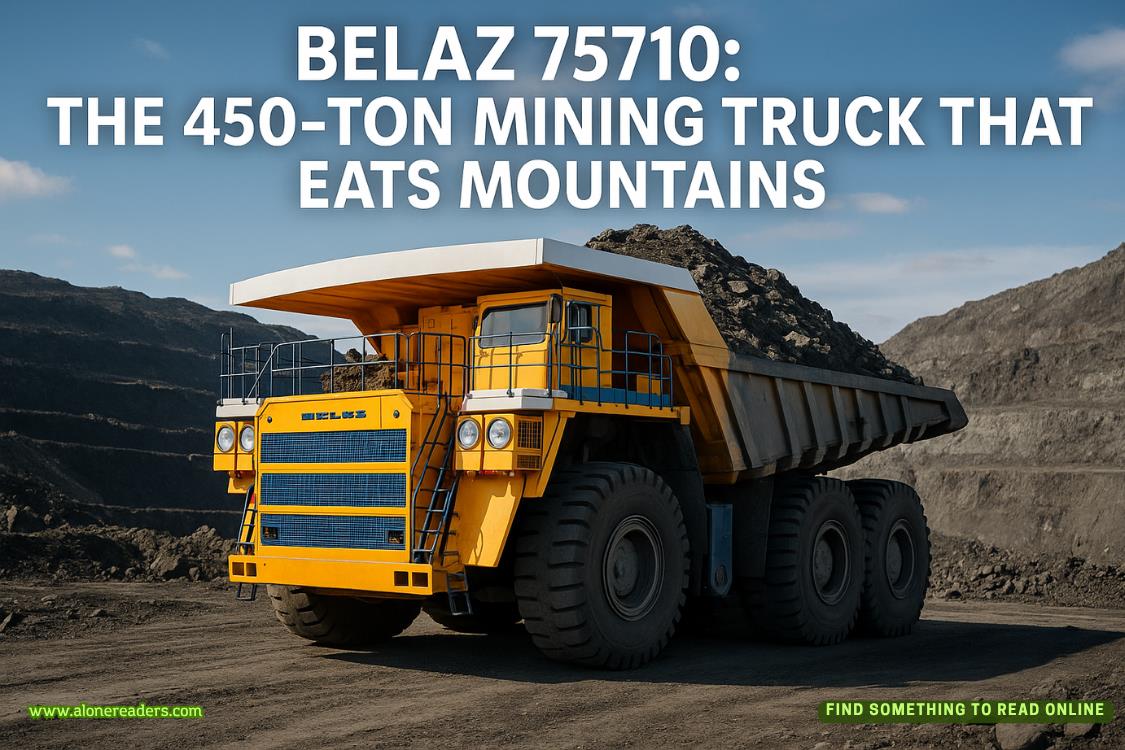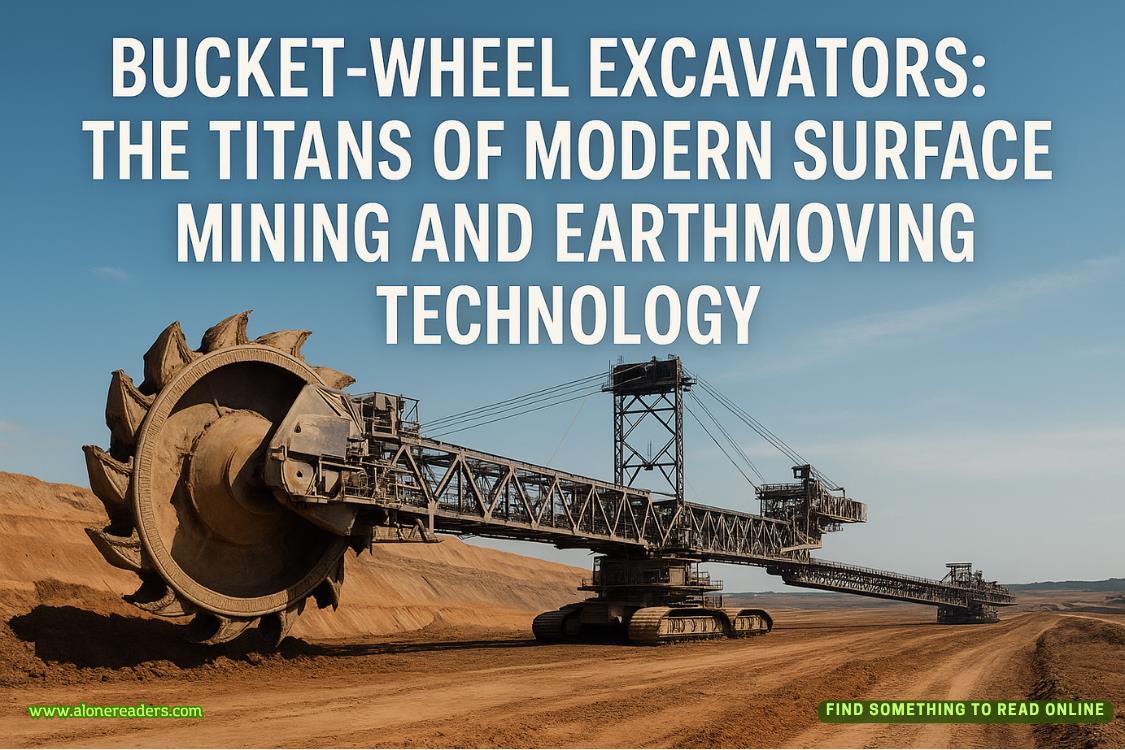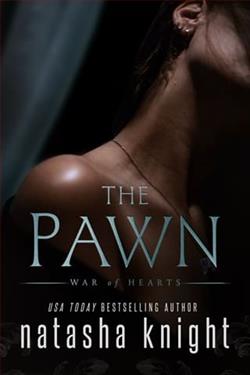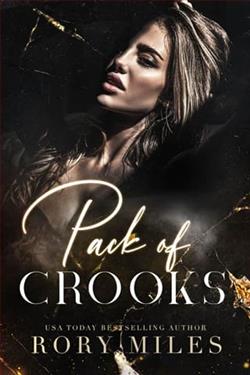Page 12 of Sinistram
Brent looked around, taking in the sights. He vaguely remembered seeing ads for similar events, but hadn’t given them much thought. From the fascinated expressions of the visitors and the clear enthusiasm of the docents, he realized they were entering a well-established “fandom” that was entirely new territory.
“Do you know these folks?” Travis asked. They walked past the entrance to the food area, where smokers and grills were already preparing for the lunch crowd. Brent took a deep breath and couldn’t hide the way his stomach rumbled.
Mark nodded. “We’re all mechanics, just different types of motors. The connections come in handy. Some of these guys make parts because there’s nothing on the market for pieces this old. I don’t work on cars that are technically antiques, but it’s surprisingly difficult to find replacement parts for anything that’s ten years or older.”
He led Travis and Brent toward a hulking engine that was easily the size of a compact car, with a cylindrical body, a powerful piston arm, and a wide flywheel.
“Hey Ted!” Mark shouted above the noise of the engines. “Need to introduce you to some friends.” He made the introductions and everyone shook hands.
“Travis and Brent came up from Pittsburgh, and they’re interested in some of the big mine disasters around there, like the Darr Mine,” Mark said.
Ted’s eyebrows rose. “Wow, that’s going back a while. What got you looking at that?”
“Amateur historians,” Travis replied, which was mostly true. “The Mammoth Mine and Naomi Mine also came up in the research.”
Ted shook his head. “Tragedies, all of them, and close together by location and time too. That kind of thing happened a lot back then.”
“I told them that you and your friends probably knew everything about those mines, at least when it came to the engines that kept them running,” Mark flattered.
Ted grinned. “Well, I wouldn’t sayeverything, but maybe a good bit. Little different focus, more on how they operated than on the disasters.”
“Did they use engines like that one?” Travis nodded toward the chugging machine close enough that they had to raise their voices to be heard.
“Oh, yeah. This is an Otto, a goddamn workhorse that was used in mines, saw mills, and all kinds of factories. As you can see, this version of the engine was intended to be stationary.” Ted warmed to the topic. “Mr. Otto wasn’t interested in other uses, but two people who worked for him—named Daimler and Maybach—adapted it for automobiles. The company Otto founded is still in business, one of the largest engine-makers.”
Brent recognized the names from the cars and companies that were their namesakes. “It’s hard to believe that something so big inspired the sort of engines we’re still using.”
“See, that’s part of what gets people hooked on this stuff,” Ted said. “Plus, they sound really cool when they run.” Boyishglee glinted in his eyes. “Otto engines are some of the quietest of the bunch.”
“Going back to the mines, what did the engines do?” Travis brought the conversation back on topic.
“For coal mines, engines like this one ran the pumps that brought water out of the mines,” Ted said. “Some of them could even use the dangerous methane as fuel.”
“They were built to last,” he went on. “You see that one over there?” He pointed to a similar engine that looked very hard-used. “It survived the Darr Mine explosion because it was up near the mine mouth, but you can see that it got beat up pretty good from flying rock. Not everyone is happy I brought it—some folks say it’s haunted.”
“Oh really?” Travis exchanged a glance with Brent.
Ted chuckled. “If you believe in that sort of thing. I bought it off a guy whose great-grandfather handled the sell-off of whatever assets were left when the mine shut down. Funny thing is that I’ve been over every inch of it and there’s nothing wrong with it, but it won’t run.”
He leaned forward. “But sometimes at night, I’ll be in the house and I hear the engine running. I know it isn’t, and I go out to check, and it’s quiet and cold. Usually happens in December, right around the time of the disaster. Like it remembers.”
“Do you hear a lot of stories about the mines being haunted?” Travis managed to sound off-handed.
“Sure, plenty of them,” Ted replied. “It was a dangerous way to make a living, and there were a whole lot of ways to die. The history books remember the big disasters like the explosions and the cave-ins, but the truth is that dozens of men died every week in those big mines. Some of their spirits moved on and some didn’t.”
“In the stories you’ve heard, did any of those hauntings turn dangerous?” Brent asked. “There are some tales going aroundlately that sound like the ghosts might have decided to get revenge.”
“After all this time? Wow, that’s interesting, although I’m not surprised. The Darr engine probably could have been fixed up to work again, but it’s what folks call a ‘hoodoo engine.’ Any locomotive or engine like this that was involved in a tragedy or just never ran quite right got a reputation for being unlucky, like a hoodoo curse,” Ted told them.
“You don’t seem worried,” Brent observed.
Ted shrugged. “I’m not very superstitious, but I take precautions. Never tried to start the Darr engine, never will. Haul it all by itself, on an iron bed, blessed by a priest with holy water. I store it in its own corner, not near anything that could catch fire or fall down, and there’s a ring of rock salt around it, just in case.”
“Why bother? Travis asked. “Why take a chance, in case the superstition is true?”
Ted sighed. “I get asked that. Closest thing I can tell you is that those miners deserve to be remembered, and keeping the engine gives me a reason to tell their story. Their bosses cut corners, and hundreds of men died. I don’t think we’ve learned the lesson yet.”
Brent and Travis thanked Ted and walked through the display to the Darr engine. Both men kept their distance from the machine, staying several feet away.

